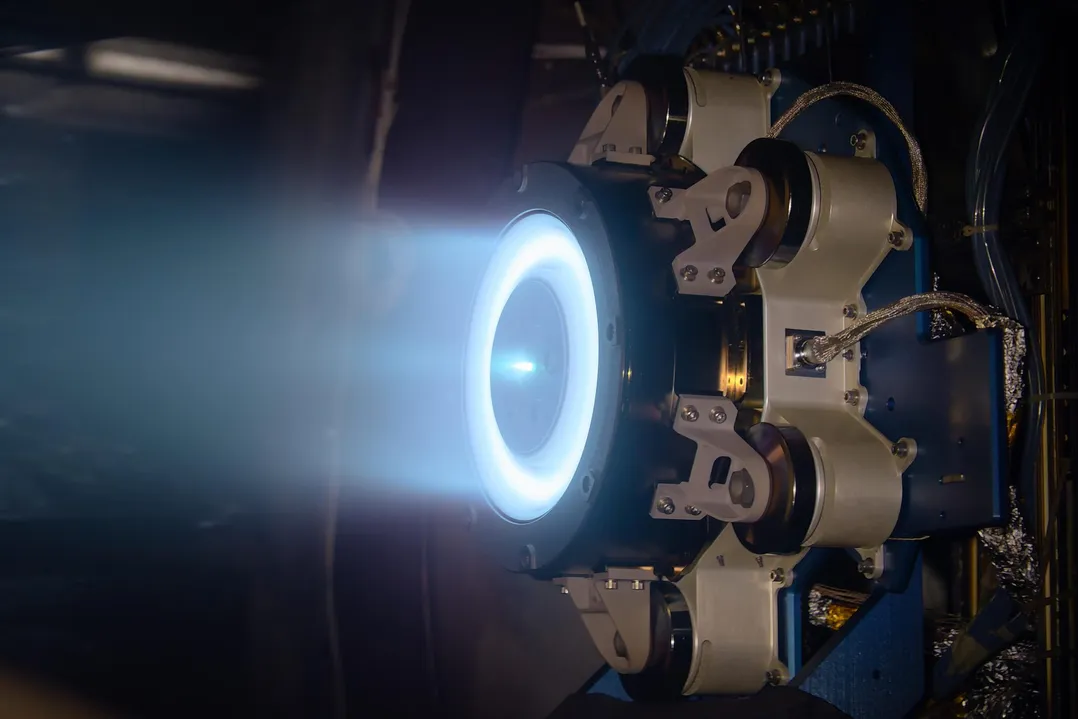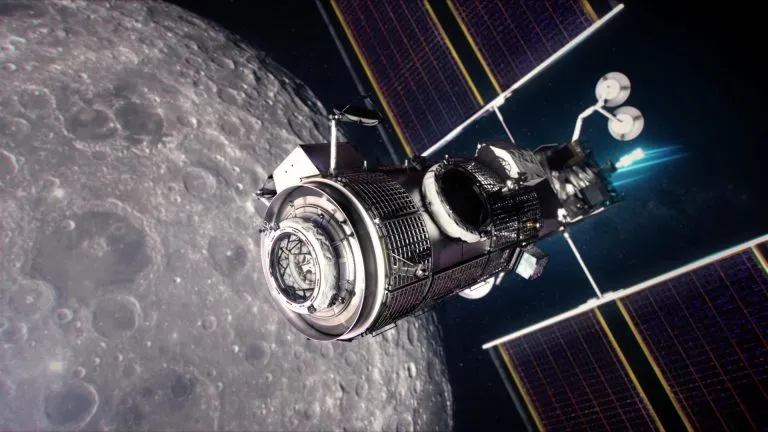One of the main goals of NASA's Artemis program is to establish the first long-term base on the moon. A key part of the supporting infrastructure to achieve this goal is the gateway, a space outpost that will orbit the moon. In the long run, gateway will serve as a transit station for deep space exploration

This is still a bit early in the gateway development cycle. To date, NASA has focused the development of the gateway on the initial key elements required to support the landing: namely, power and propulsion elements (PPE), residential and logistics outposts (halo), and logistics capabilities.
Gateway is NASA's orbital outpost around the moon and a key infrastructure of Artemis. Its power plant is undergoing some tests of electric propulsion systems.
The power and propulsion components (PPE) manufactured by maxar technologies provide power, high-speed communication and propulsion for the gateway to fly around the moon and transfer between different orbits. PPE will be combined with the residence and logistics Outpost (halo) before the launch of the integrated spacecraft, with the goal of launching by the SpaceX Falcon heavy rocket by the end of 2024. With the assembly of the entire gateway outpost in the next few years, these elements will become the center of the gateway's early manned operation and various scientific and technological exhibitions.

The PPE engineering team is conducting extensive electrical propulsion system testing activities to better understand gateway performance under various mission scenarios. This test enables engineers and mission planners to adjust the system to ensure that it meets the lunar exploration requirements during the Artemis mission.
Solar electric propulsion is an ideal choice for gateway, because these systems use the energy of the sun to convert it into power, and then use these power to generate long-term and efficient thrust, providing mission flexibility and reducing costs. PPE will use a 6 kW and a 12 KW electric propulsion system. Each system contains various components that help the spacecraft to effectively thrust: thrusters, power processing units (ppus), flow controllers that regulate the flow of gas (such as xenon) used for propulsion, and so on. Several companies, including main contractor maxar, Aerojet Rocketdyne and busek, Co. are providing electric propulsion technology for PPE.
Development versions of the spacecraft's thrusters and electric propulsion systems are being tested at NASA Glenn Research Center in Cleveland. These works include the first end-to-end test of a 6kW system to verify the changes and technical interaction between the flight simulation PPU of maxar and the 6kW test propeller of busek, and the verification of a larger 12KW PPU of maxar with a 12KW prototype propeller. The team also conducted end-to-end tests using Aerojet Rocketdyne's advanced electric propulsion system (AEPs) 12 kW test thrusters. The first phase of the test ended in mid April and successfully demonstrated the operation of the propeller of Aerojet Rocketdyne and the PPU and xenon flow controller of maxar. NASA plans to continue testing the propulsion system of PPE to reduce the integration and operational risks of spacecraft.
During the test, each system proved to be able to play a role in the power range and parameters of the whole task. In addition, during the test, the engineering team completed various startup and shutdown sequences and thruster throttling to simulate the operation around the moon. These tests of the two electric propulsion systems are important to finalize the design, requirements, and capabilities.
The milestone propulsion system test represents progress in the initial development phase, leading to critical design reviews and additional spacecraft ground tests later this year. After the ground test, the spacecraft will be delivered and finally integrated with halo before launch.
This will be the reliable operation of the highest power electric propulsion system ever flown, which is very important for the integrated spacecraft to complete the transfer from earth orbit to moon orbit. It is critical to the operation of the gateway as a home away from home for astronauts and the lunar Microgravity Laboratory supporting Artemis and future missions.